The old saying that cats have nine lives might have some truth to it. There’s something about our feline friends that makes them seem almost invincible. Whether it’s their uncanny ability to land on their feet or their seemingly endless curiosity, cats often get into sticky situations and come out unscathed. Let’s explore 13 reasons cats seem to have more lives than the rest of us.
1. They Have Incredible Danger Reflexes

Have you ever watched a cat leap from a high place and land on its feet like it’s no big deal? That’s because of their remarkable reflexes. According to a study from Scientific Origin, cats have a righting reflex that allows them to twist their bodies mid-air, a skill they usually hone by the age of three weeks. This reflex, combined with a flexible backbone, means they can adjust their position while falling to ensure they land feet-first. It’s like having a built-in parachute but much cooler.
Add to that that their muscular and flexible bodies add a layer of safety during such falls. Cats have loosely connected bones and lack a collarbone, contributing to their agility. This flexibility acts like a shock absorber, reducing the impact of falls. The combination of these traits enhances their survival skills and makes them appear almost superhuman—or super-cat, rather. It’s no wonder they seem like they have multiple lives.
2. They Have Lightning Fast Recovery Abilities
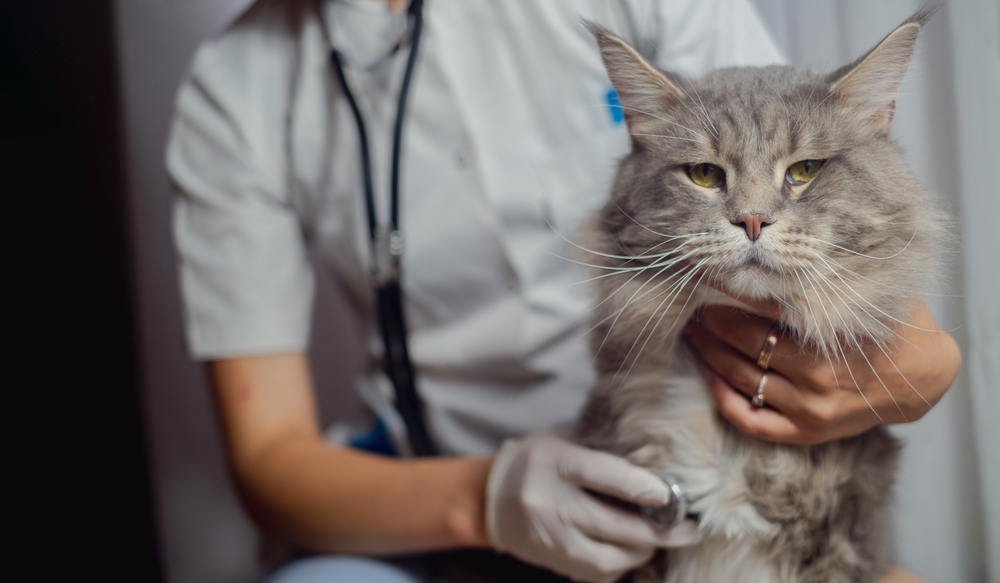
Cats have an impressive ability to recover from injuries quickly. Their metabolism and healing processes differ from ours, allowing them to bounce back swiftly from wounds and ailments. It’s common to see a cat limping one day and striding confidently the next. This doesn’t mean they don’t feel pain or need care, but they handle discomfort better than most creatures.
Their grooming habits also play a role in their recovery. Cats often lick their wounds, which might seem counterintuitive, but this behavior can help clean the area and remove dirt and debris. The act of grooming releases endorphins, which can help reduce pain. Cats have fewer types of bacteria in their mouths than dogs, so they’re less likely to cause infections through licking. This combination of instincts and biology helps them spring back into action more quickly than you’d expect.
3. They Have Superpower Senses
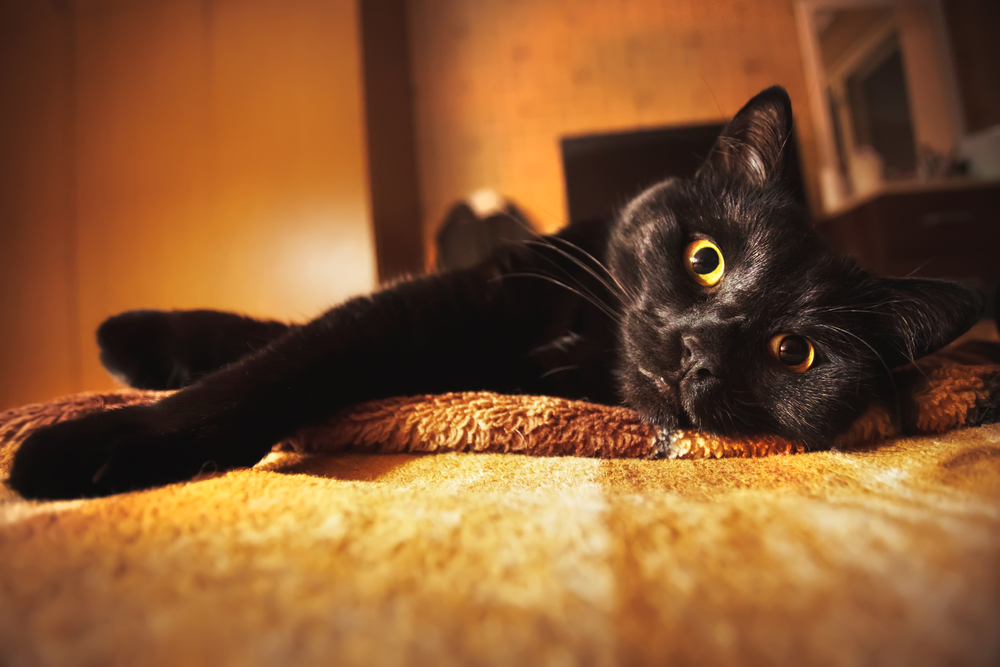
Cats possess a set of senses that give them a unique edge in avoiding danger. According to Vet Explains Pets, their heightened senses of smell, sight, and hearing allow them to detect threats and opportunities long before they become visible to us. Their night vision is particularly impressive; they can see in light levels six times lower than humans. This superior vision helps them navigate the dark, making them excellent night hunters.
Their acute sense of hearing also helps them detect even the slightest sounds, whether it’s a mouse’s rustle or a predator’s sound. Cats’ ears are equipped to pick up high-frequency sounds inaudible to humans. This sensory advantage allows them to stay one step ahead in potentially hazardous situations. Combined with their strong sense of smell, cats are adept at staying safe and sidestepping danger, which might explain their seemingly endless lives.
4. They Have A Fiercely Independent Nature
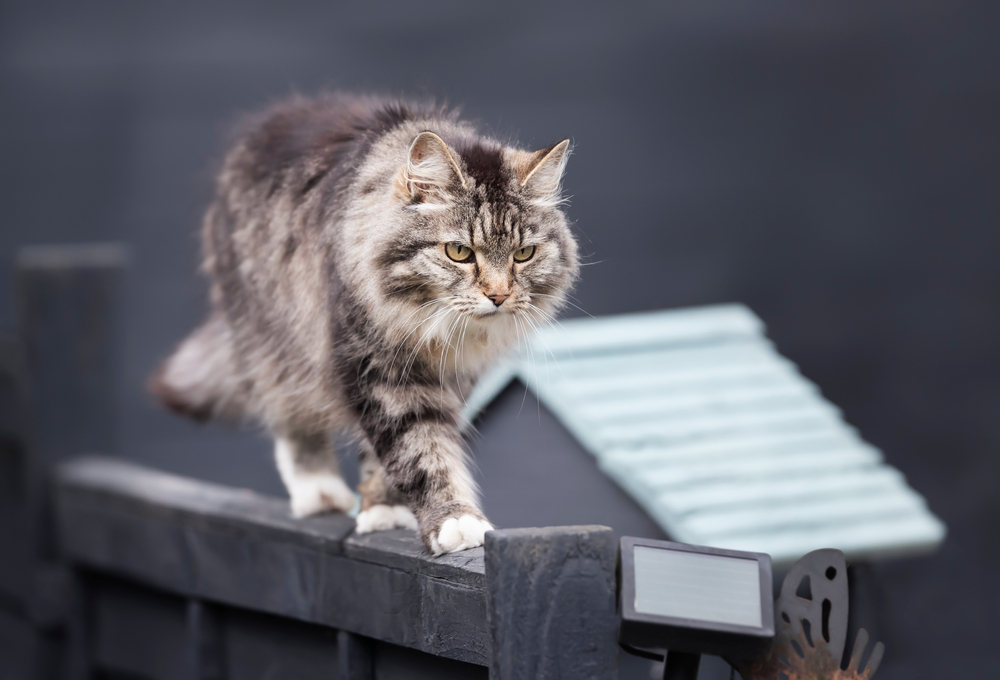
Cats are known for their independent nature, which contributes to their survival. Cats have been solitary hunters since they were domesticated, and this independence has been ingrained in their behavior. They don’t rely on a pack to hunt or find food, so they must be resourceful and self-sufficient. This trait enables them to survive in a variety of environments.
Their independent streak means they often assess situations before acting. They tend not to rush into things without thinking them through, whether deciding to jump off a high ledge or choosing to approach a potentially dangerous animal. This careful consideration helps them avoid unnecessary risks. Their ability to take care of themselves extends to grooming, hunting, and even finding shelter, reinforcing their ability to thrive under different circumstances. Their self-reliant nature makes them seem like they can handle almost anything life throws their way.
5. They Have Next-Level Survival Instincts
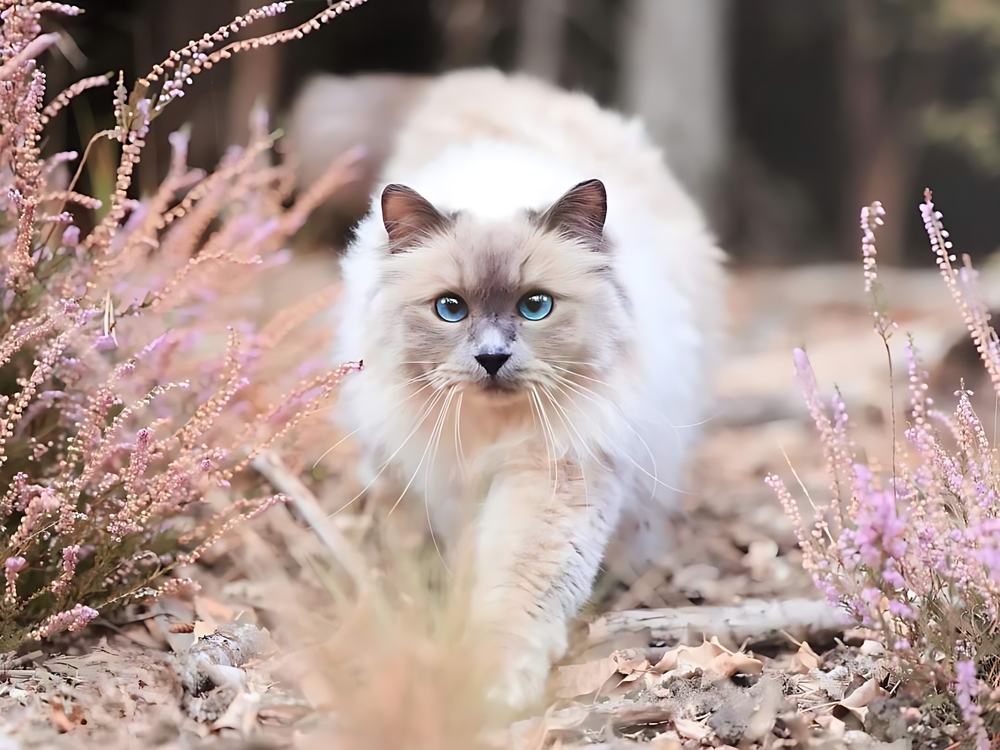
Cats’ strong instincts are another reason they appear to have nine lives. Even domesticated cats retain many of the instincts of their wild ancestors. These instincts guide them in hunting, avoiding predators, and navigating their environment. A cat’s ability to stalk prey quietly and patiently is a testament to these ingrained instincts.
Instincts also play a crucial role in their social behaviors. Cats are often cautious and reserved around strangers, which can prevent them from wandering into potentially dangerous situations. Their keen instincts help them sense when things aren’t right, whether it’s an approaching storm or an unwelcome guest. This awareness allows them to adapt quickly and keep themselves out of harm’s way. Their instincts, honed over thousands of years, make them formidable survivors.
6. They Have Super High Pain Tolerance

Cats often show a high pain tolerance, contributing to their survival. Felines have evolved to hide signs of pain as a defense mechanism to prevent appearing vulnerable to predators. This ability to mask pain means they can continue functioning even when injured, allowing them to escape threatening situations. It’s not that they don’t feel pain; their instincts compel them to hide it well.
This trait can be a double-edged sword because it sometimes makes it hard for pet owners to recognize when their cats are distressed. Cats might still purr, eat, and play despite having an injury, but that doesn’t mean they don’t need attention. Their high pain tolerance is a survival tactic that works well in the wild, but people need to remember this when caring for them. Understanding this aspect of cat behavior can help us better support our furry friends when they need it.
7. They Can Adapt To Any Situation
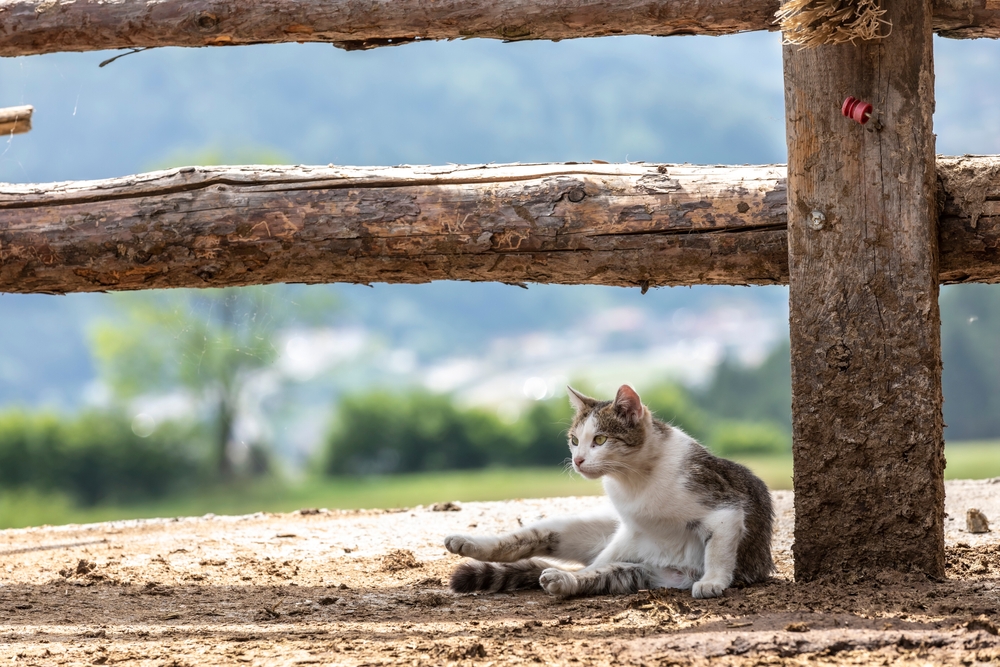
Cats are incredibly adaptable animals, a key factor in their survival. They can adjust to new environments, whether it’s living in urban areas, rural settings, or even as feral creatures. Their adaptability allows them to find food, shelter, and warmth in various situations, making them resilient in the face of change. This ability to thrive in different environments is a testament to their evolutionary success.
Moreover, cats can adjust their behavior based on their surroundings. For example, a house cat might develop more playful behaviors in a stimulating environment, while a cat in a quieter home might become more relaxed. This adaptability also extends to their social interactions, as they can be solitary or social depending on circumstances. Cats’ ability to roll with the punches and adapt to whatever life throws at them certainly adds to the myth of their nine lives.
8. They Have An Efficient Reproductive Strategy
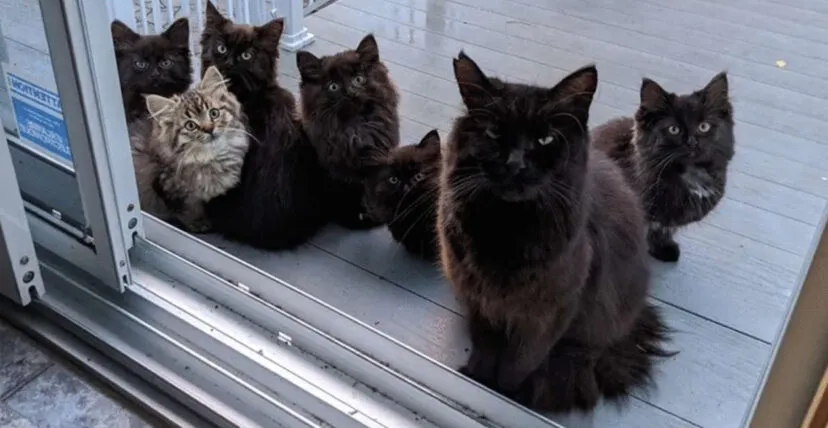
Cats have an efficient reproductive strategy that ensures their survival as a species. Female cats can reproduce as early as five months old and can have multiple litters yearly. This high reproductive rate means that even if individual cats face dangers, the species as a whole continues to thrive. Their ability to reproduce quickly is a key reason why cats have spread worldwide.
This strategy is a classic survival mechanism seen in many species. It ensures that they can maintain their population numbers even in the face of threats and changing environments. Moreover, mother cats are known for their fierce protectiveness and dedication to their kittens, which increases the survival rate of their offspring. The combination of a high birth rate and attentive parenting helps ensure that cats persist, adding to their reputation for having many lives.
9. They Navigate Life With Curiosity
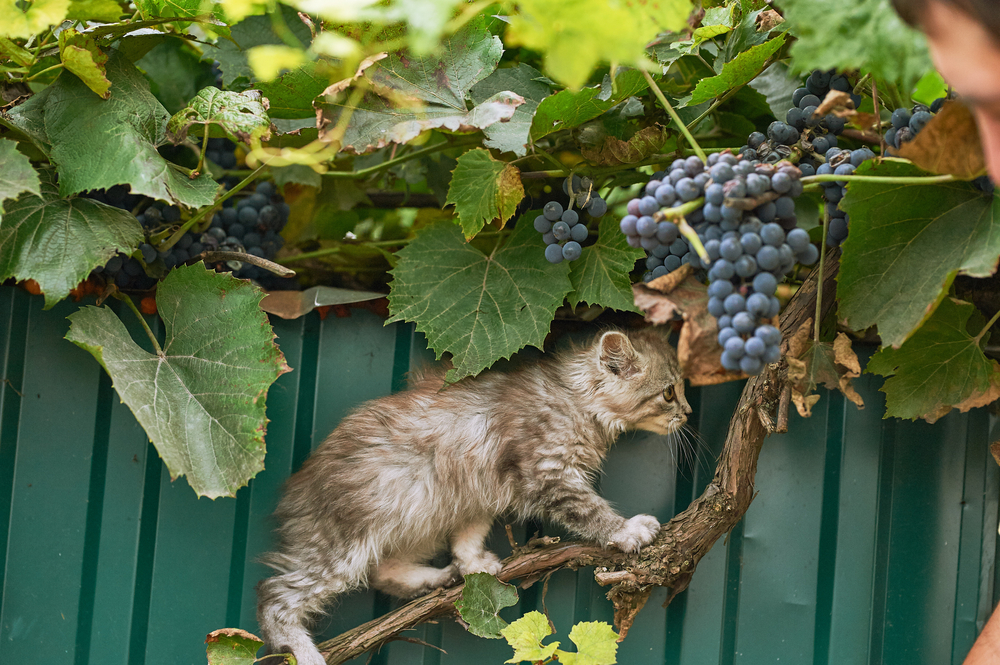
Cats’ infamous curiosity is both a blessing and a curse, contributing to their survival skills. Their curiosity drives them to explore and learn about their environment, which in turn helps them navigate it more safely. This inquisitiveness allows them to discover new food sources, safe hiding spots, and escape routes from predators. However, their curiosity sometimes gets them into trouble, such as getting stuck in tight spaces or encountering dangerous animals.
Despite the risks, their curiosity is crucial to their survival toolkit. It encourages them to test their limits and refine their skills, which can be lifesaving in uncertain situations. Curiosity also keeps their minds sharp, providing mental stimulation that can improve overall health and well-being. Cats’ tendency to explore their world thoroughly and fearlessly ensures they are prepared for whatever comes their way, reinforcing the idea of their many lives.
10. They Are Hyper Alert At All Times
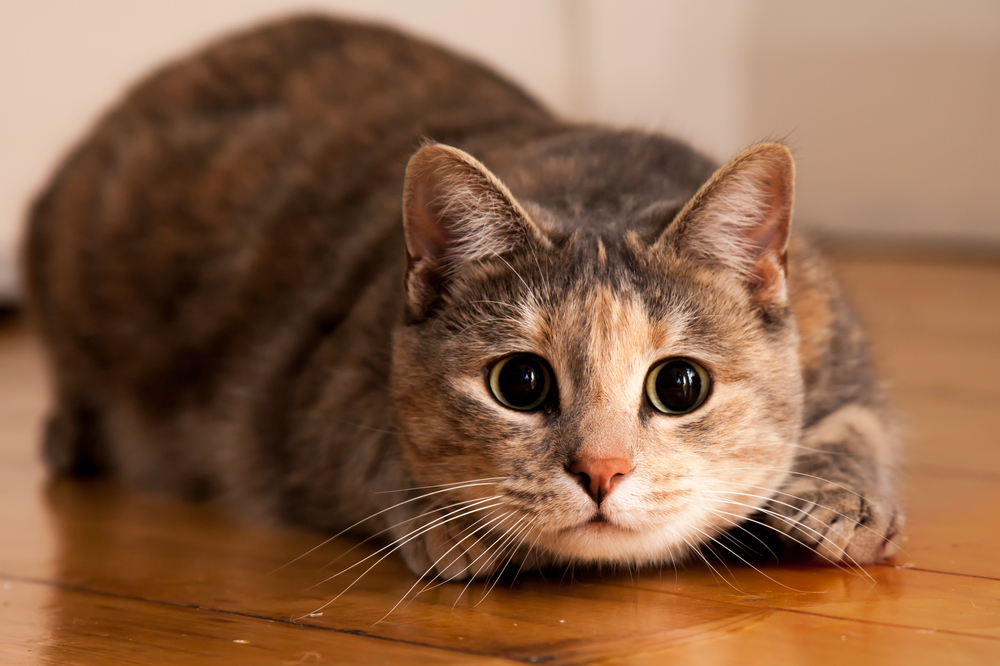
Cats are naturally alert creatures, always ready to spring into action. Their high alertness levels help them react quickly to both threats and opportunities. This constant vigilance is a survival trait that stems from their wild ancestors who needed to be ready to hunt or flee at a moment’s notice. Their sharp eyes and ears are always on the lookout.
Even when they seem relaxed, cats are often in a state of semi-awareness, which allows them to respond rapidly to changes in their environment. This alertness helps them avoid danger and seize opportunities, whether catching a mouse or escaping a predator. Their ability to remain aware of their surroundings is crucial to their survival and adds to the impression of their nine lives. Cats’ perpetual readiness to act is key to their charm and resilience.
11. They Have Healthy Skepticism
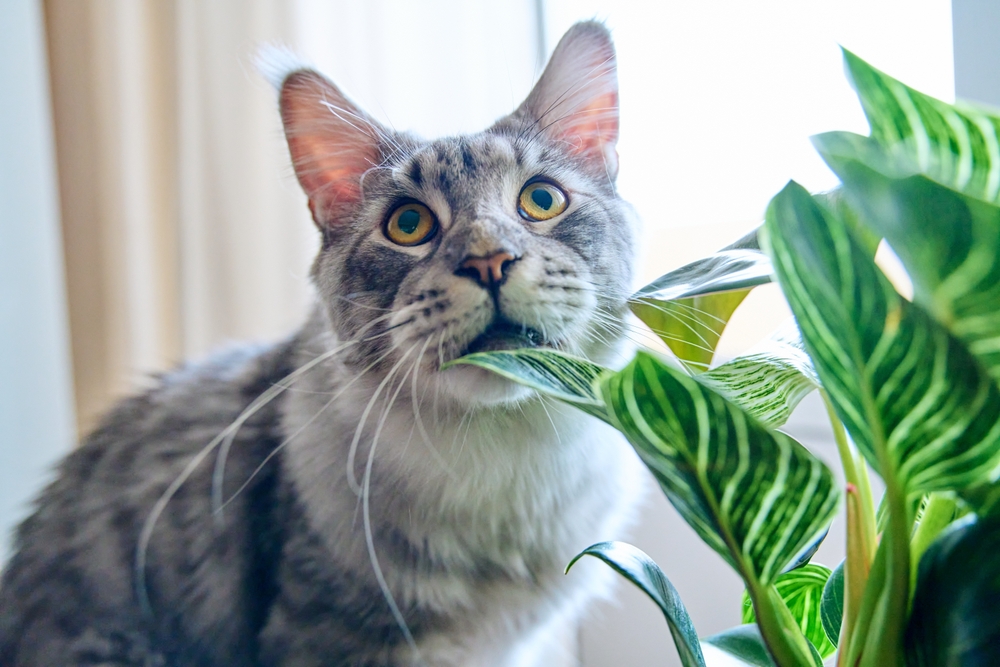
Cats tend to be skeptical about new things, which can keep them out of trouble. When faced with something unfamiliar, cats often approach cautiously, sniffing and observing before deciding to interact. This wariness allows them to assess potential threats and avoid hazardous situations. It’s a survival instinct that prevents them from diving headfirst into danger.
Their skeptical nature is why you often see them warily circling a new toy or a suspicious-looking bag. This trait helps them navigate their environment more safely, making calculated decisions rather than impulsive ones. It’s their way of gathering information and ensuring their safety before proceeding. While their skepticism can make them seem aloof sometimes, it’s another reason they appear to have multiple lives; they simply minimize their risks more effectively.
12. They Have Strong Immunity
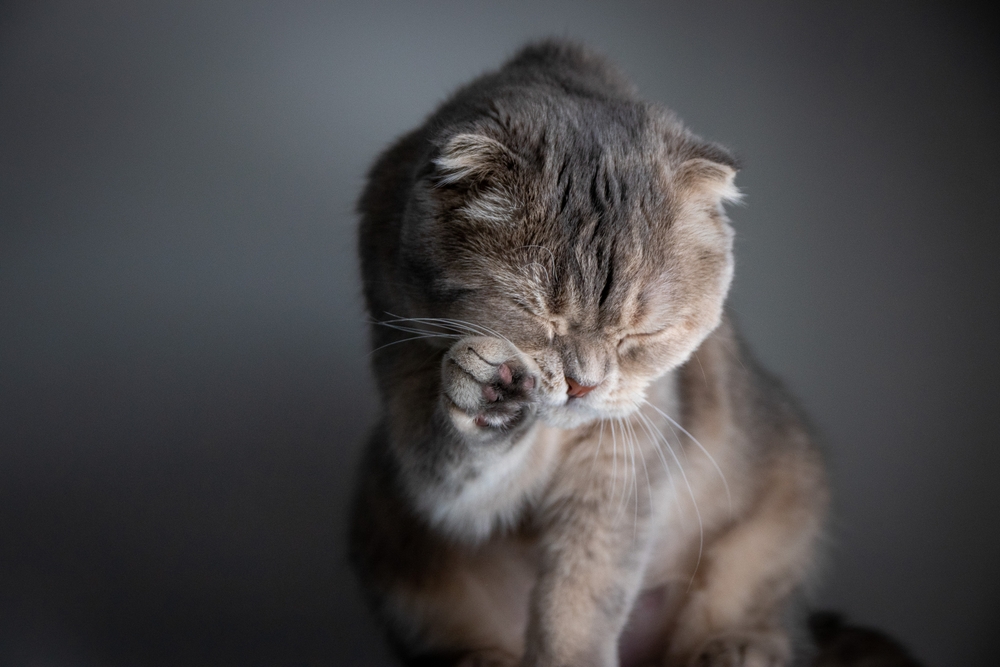
Cats often boast resilient health, quickly bouncing back from illnesses and injuries. Their immune systems are strong enough to fend off many common diseases, and they usually recover faster than other pets. This resilience is partly due to their solitary nature, which has historically meant less exposure to contagious diseases. Cats’ natural grooming habits also help keep them clean and reduce infection risks.
Their overall resilience means they often live long, healthy lives if cared for properly. Regular veterinary check-ups, a balanced diet, and a safe environment contribute to their long-term health. Yet, even with these supports, their innate hardiness is a significant factor in their ability to recover and thrive. This natural resilience and ability to bounce back is yet another element that contributes to the myth of their nine lives.
13. They Form Strong Emotional Bonds
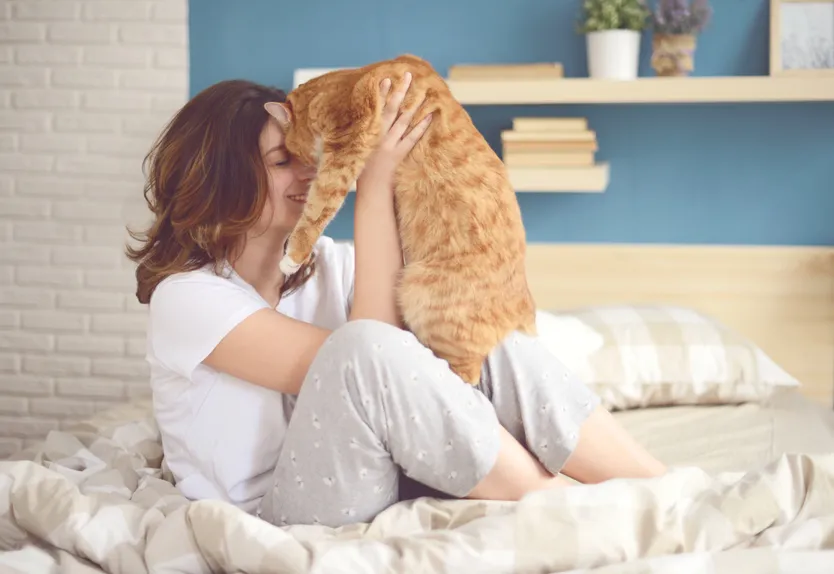
While cats are known for their independence, their bonding with humans has become a key part of their survival. Domestication has led to strong bonds between cats and humans, providing them with food, shelter, and protection. This bond ensures they have a safe place to call home, drastically reducing the risks they face in the wild. Humans, in return, receive companionship and affection from their feline friends.
These bonds can enhance a cat’s quality of life, providing mental and physical stimulation supporting their overall health. Being part of a human family offers them a stable environment where they can thrive. This relationship has been beneficial for both cats and humans over thousands of years. The support and care they receive from people are undeniably part of why they seem to have so many lives, as we help keep them safe and healthy.
